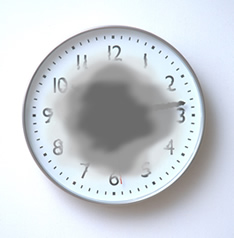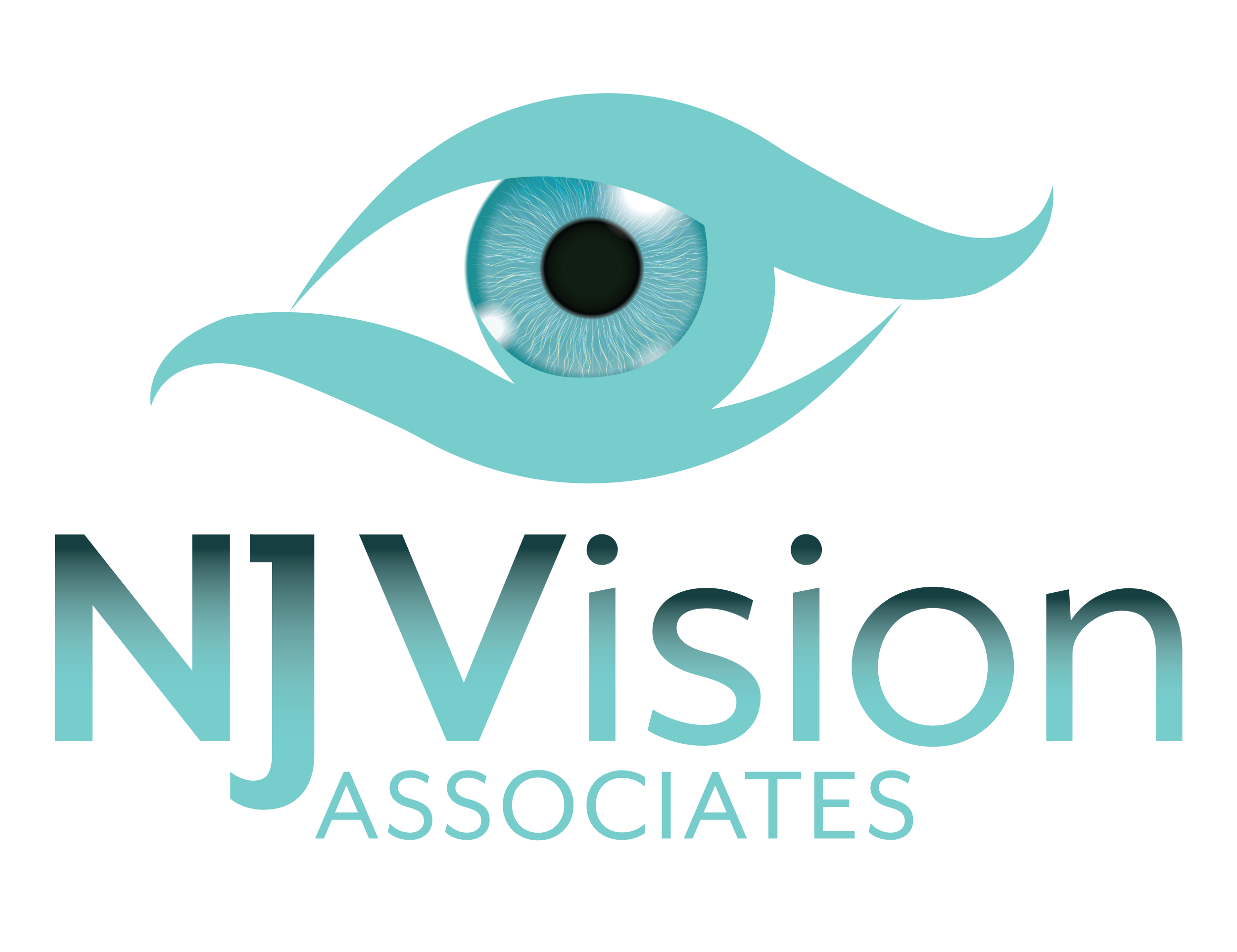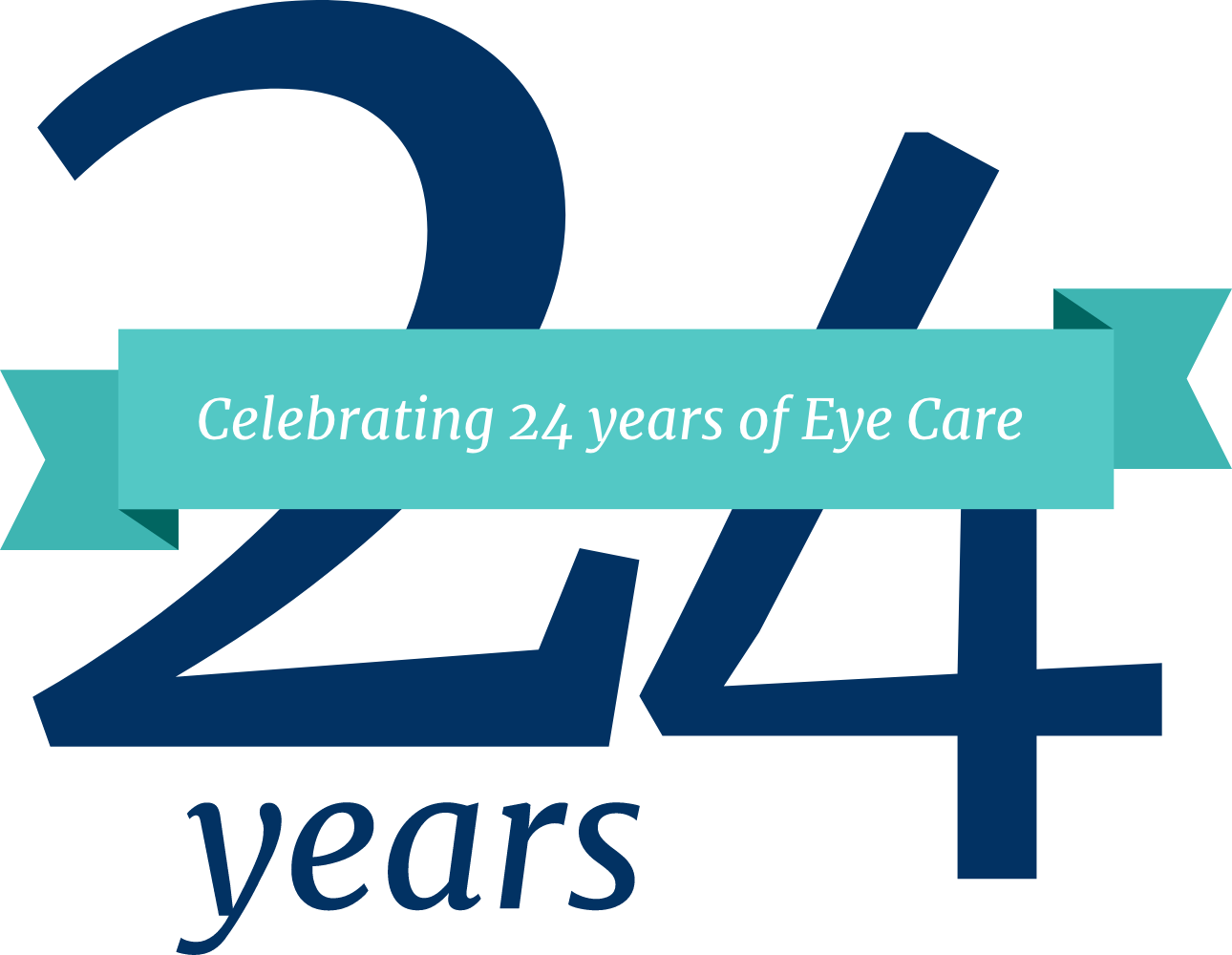Age-Related Macular Degeneration
 Age-related macular degeneration (AMD) is the most common cause of vision loss in individuals over the age of 50. The name of the condition derives from its cause: damage to the macula, the most sensitive spot on the retina, required for clarity in the center of the visual field. The macula transmits electrical signals through the optic nerve to the brain. Damage to the macula results in retinal tissue degeneration that gradually worsens, diminishing or destroying central vision.
Age-related macular degeneration (AMD) is the most common cause of vision loss in individuals over the age of 50. The name of the condition derives from its cause: damage to the macula, the most sensitive spot on the retina, required for clarity in the center of the visual field. The macula transmits electrical signals through the optic nerve to the brain. Damage to the macula results in retinal tissue degeneration that gradually worsens, diminishing or destroying central vision.
The speed at which AMD advances is variable. In some patients, the condition progresses slowly and the changes in vision are imperceptible for some time. In others, the disease moves at an accelerated pace, leading relatively quickly to loss of central vision in one or both eyes. While AMD does not result in complete blindness because some peripheral vision always remains, it does make ordinary activities, particularly those that require close visual acuity, increasingly difficult.
Stages and Types of AMD
There are three stages of AMD. These stages are designated both by signs detected by the ophthalmologist and symptoms experienced by the patient.
Early Stage AMD
During early AMD, the physician can diagnose the illness by the presence of more than the usual number of drusen, yellow deposits under the retina, These drusen of medium size. Typically, patients with early AMD are not yet experiencing any loss of vision.
Intermediate Stage AMD
When a patient is in the intermediate stage of AMD, the doctor observes large drusen as well as possible changes in retinal pigment. While some patients at this stage may experience small gaps in vision, most patients with intermediate AMD do not experience any significant vision loss.
Late Stage AMD
During late stage AMD, patients have enough damage to the macula to experience significant vision loss. The two types of late AMD are:
- Dry, or geographic, in which macula tissue degenerates
- Wet, or neovascular, in which abnormal blood vessels grow
In the wet type of AMD, which progresses more rapidly than the dry, the newly developed blood vessels may leak blood and fluid. Visual loss in dry AMD usually occurs more gradually. Ninety percent of patients diagnosed with AMD have the dry variety, but approximately 10 percent of these patients later develop the wet variety of the disorder. Although patients with either type may experience vision loss, wet AMD not only progresses more rapidly, but usually results in greater visual damage.
Risk Factors for AMD
Individuals over the age of 50 with a family history of the disease are at increased risk of developing AMD. Environmental factors may also increase risk. These include:
- Poor diet
- Lack of exercise
- Smoking
- Excessive exposure to sunlight
- Elevated blood pressure
- Elevated cholesterol levels
Females and people with light skin or eyes are at greater risk of developing this condition.
Symptoms of AMD
Just as there are a number of signs that indicate the presence of AMD to the ophthalmologist, there are a number of symptoms experienced by the patient. Visual symptoms of macular degeneration may include:
- Wavy lines
- Gradual lessening of color perception
- Distorted or blurry vision
- Dimmed vision, especially when reading
- Dark spots in the center of the visual field
- In a great many cases of AMD, even when the central field of vision has been lost, patients retain enough visual acuity to navigate their daily lives.
Diagnosis of AMD
In order to definitively diagnose AMD, any or all of the following are necessary:
- Visual acuity test
- Physical examination of the back of the eye after dilation
- Amsler grid test for central vision
- Fluorescein angiogram, in which dye highlights the blood vessels
- Optical coherence tomography (OCT)
During the physical examination of the eye, the ophthalmologist takes particular care to look for pigment changes under the retina, as well as for drusen.
Treatment of AMD
While there is not yet a cure for AMD, many patients have been helped greatly by recent innovations in treatment. Regular eye examinations to facilitate early detection of AMD are essential, since most therapies work best when started at an early stage of either type of the disorder. Even though treatments cannot reverse the disease process, they are often able to stop the progression of symptoms so the patient can maintain as much vision as possible.
Recommended treatments for AMD may include one or more of the following, each of which approaches controlling AMD in a somewhat different way:
- Vitamin and mineral supplementation known as AREDS
- Injections of anti-VEGF (vascular endothelial growth factor)
- Laser therapy
- Laser submacular surgery
- Use of low vision aids
An innovative device, known as an implantable miniature telescope (IMT) has been designed to be implanted in place of the patient's natural lens. While not a cure for AMD, it offers hope for much improved vision for those with the disorder.


